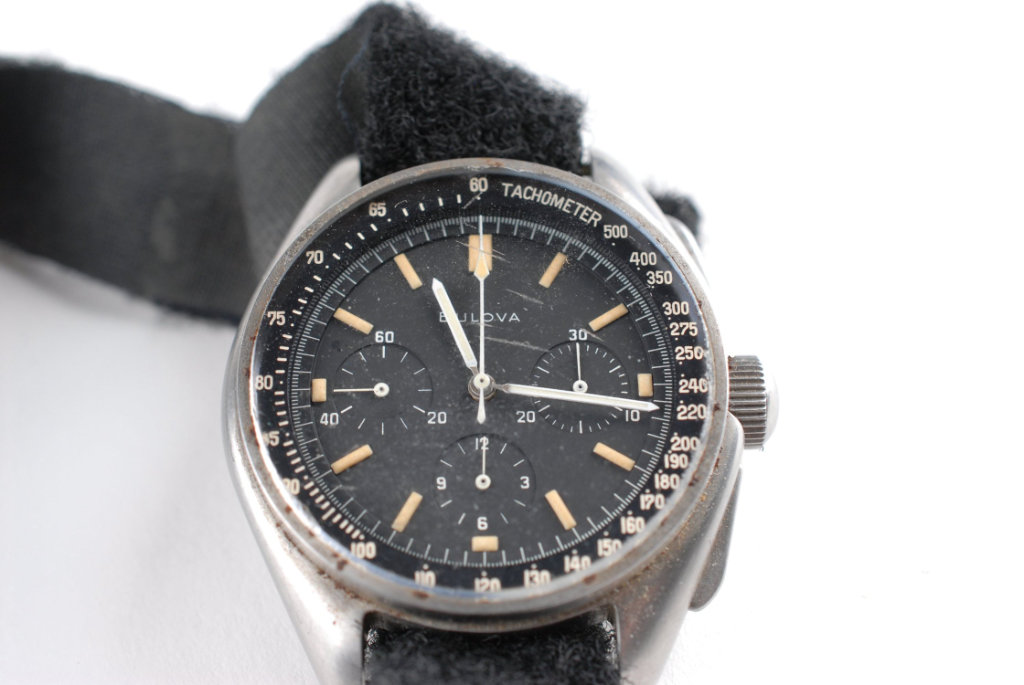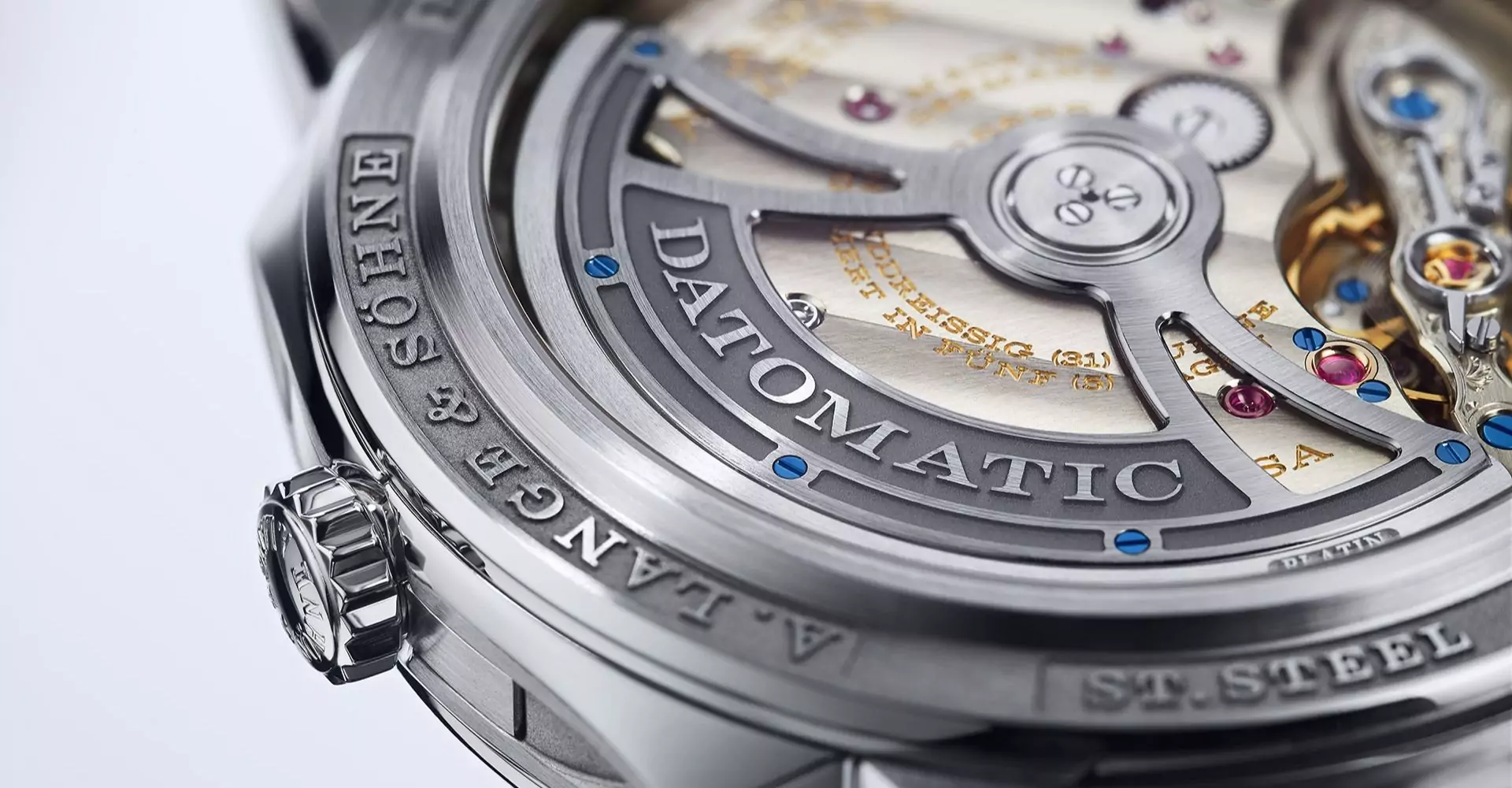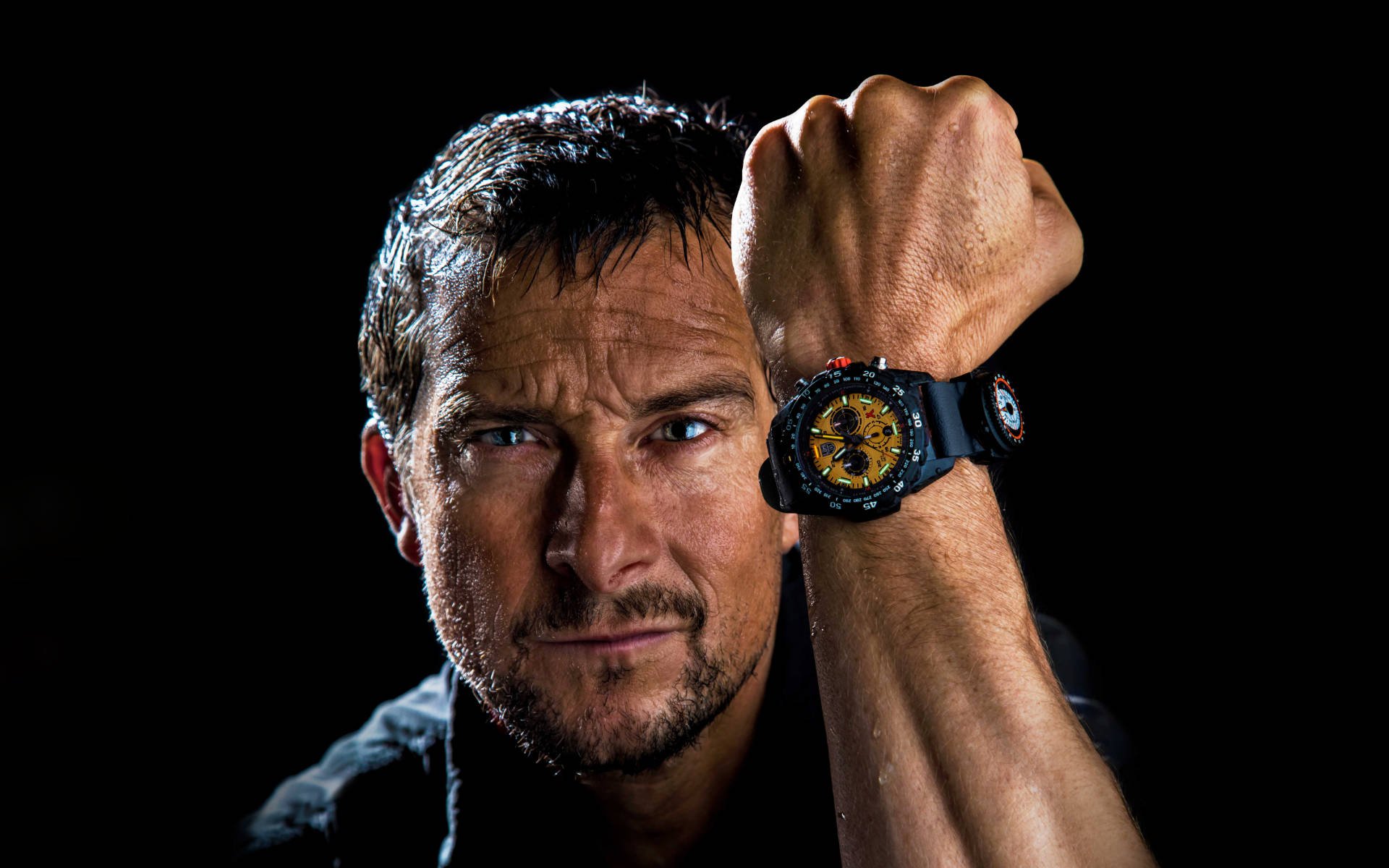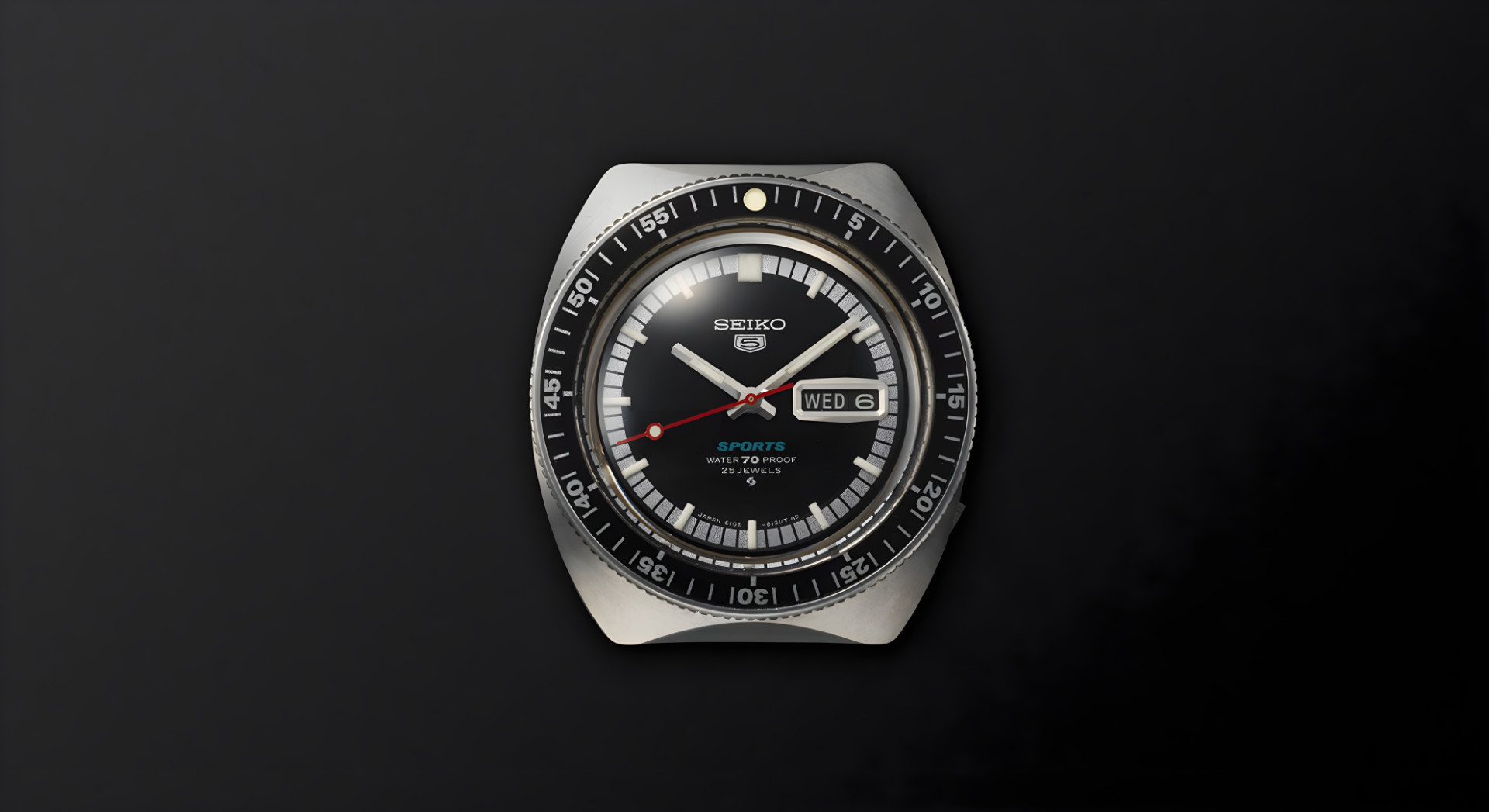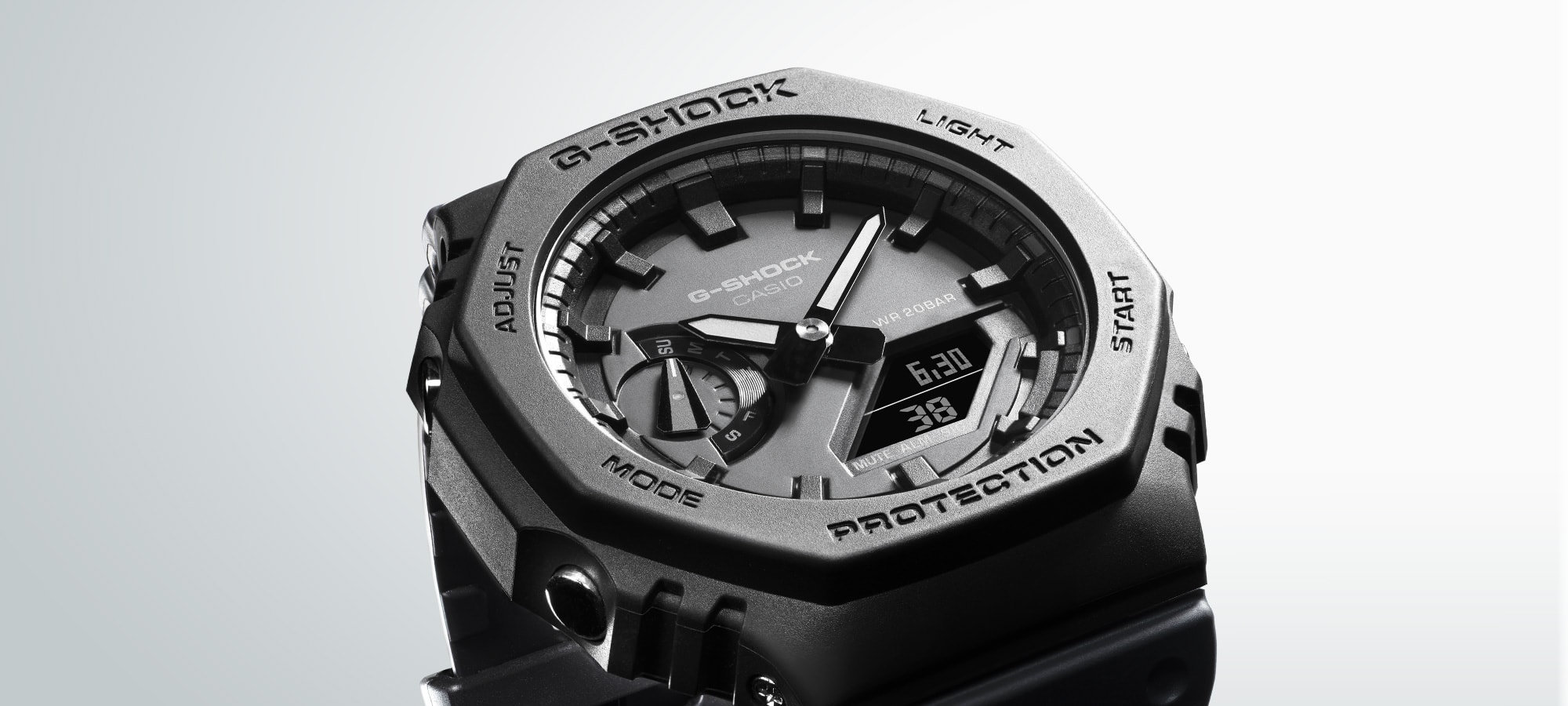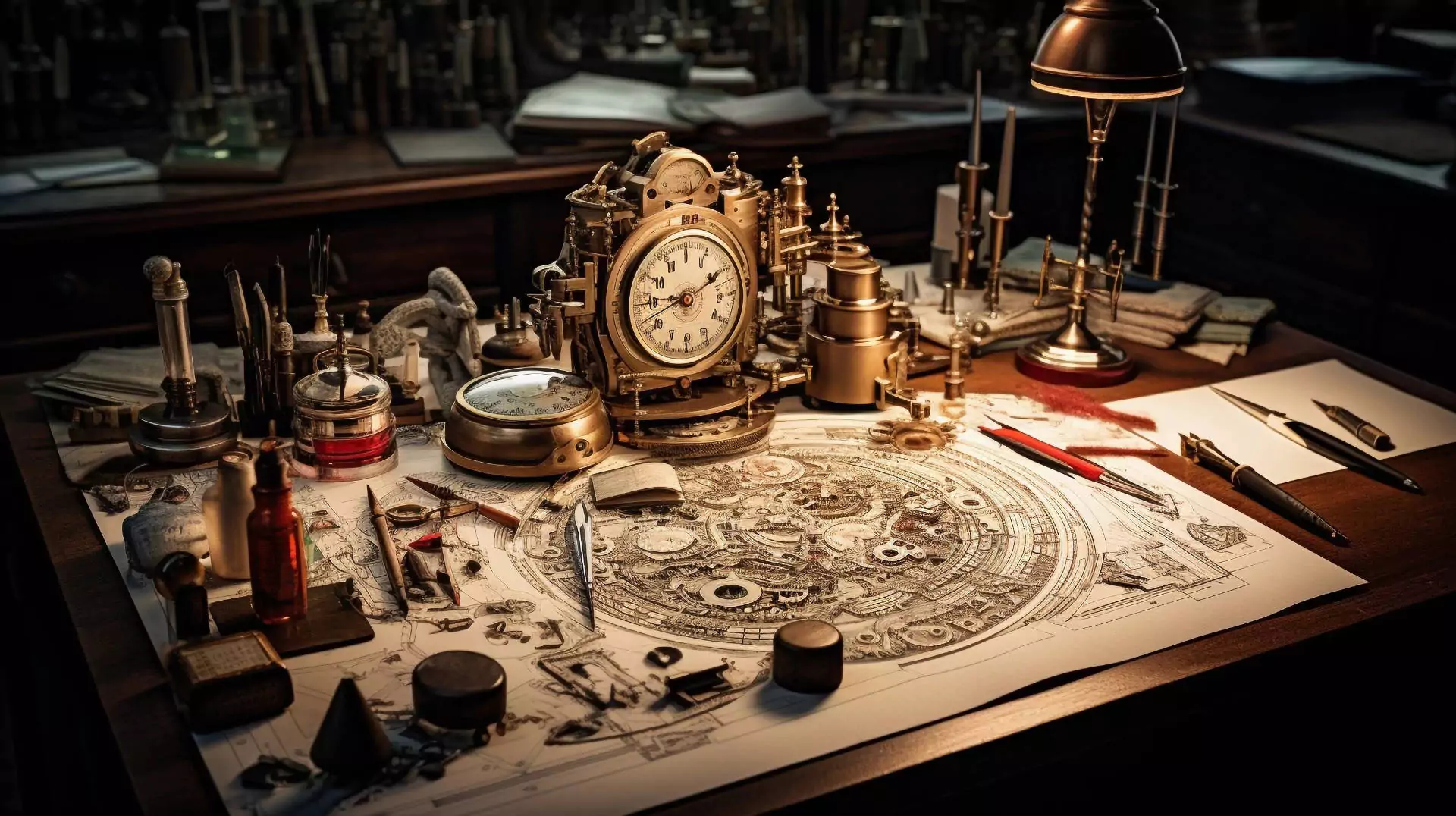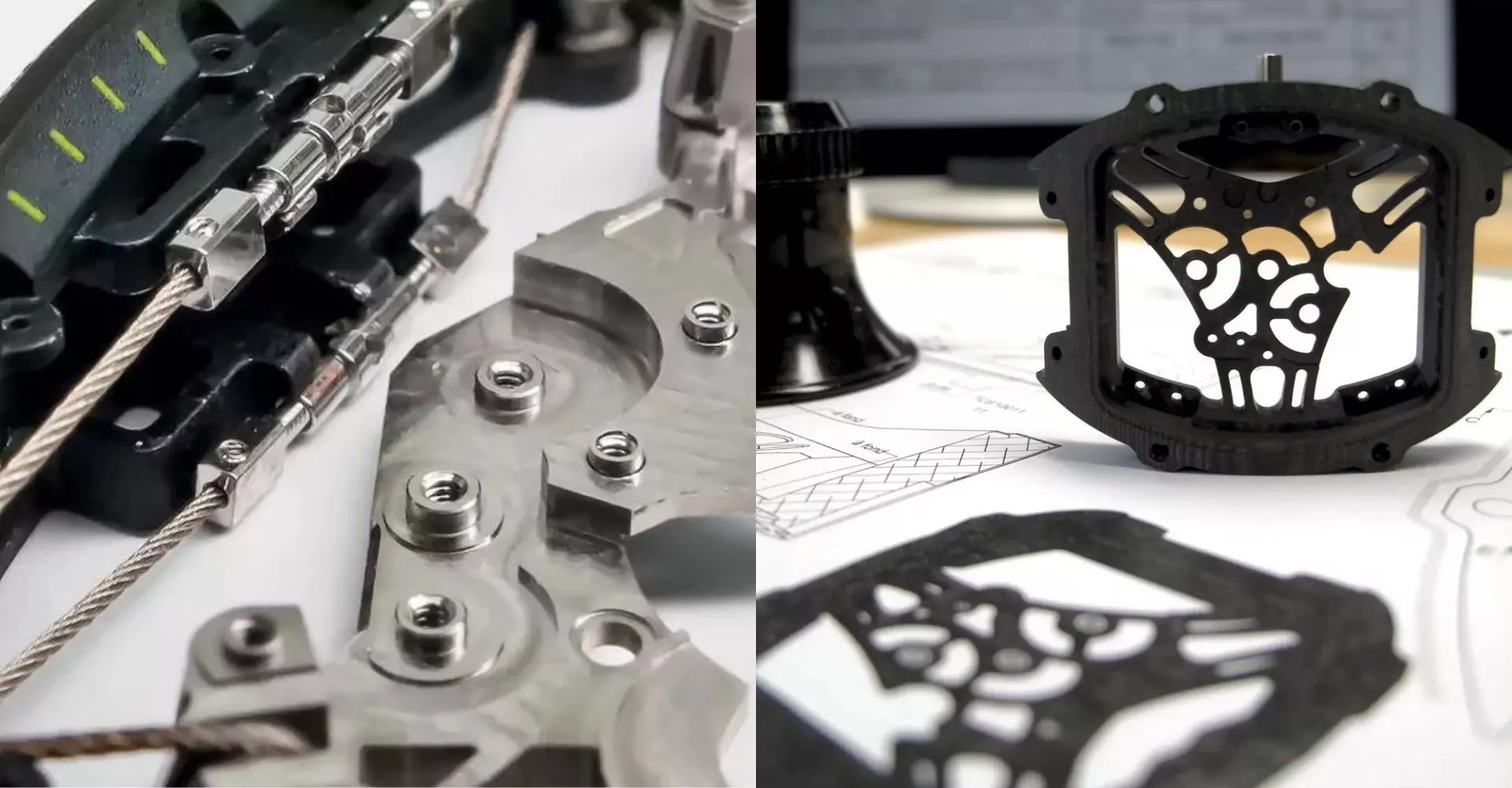Bulova’s return to the watchmaking scene with the Precisionist caliber revives the glories of a historic brand that seemed lost in time.
There was a time, around the middle of the twentieth century, when Bulova was associated with the greats of watchmaking for its dynamic and typically American action-oriented character – which had made it famous worldwide. It was the first company to invent the radio time signal in 1926 (It’s eight o’clock, Bulova time!) and to devise a historically significant mechanism such as the Accutron, the most accurate watch ever produced (with the “nothing is more precise” being one of their print ads headlines), which still delights, with its characteristic humming, legions of vintage watch enthusiasts around the world.
But like so many other among its more or less influential sister companies, Bulova too was dragged into the abyss of crisis by the sudden development of quartz, a technology that completely revolutionized the world watchmaking scenario. It was a seemingly endless predicament from which – fortunately – it was saved by its old commercial partner, Citizen.
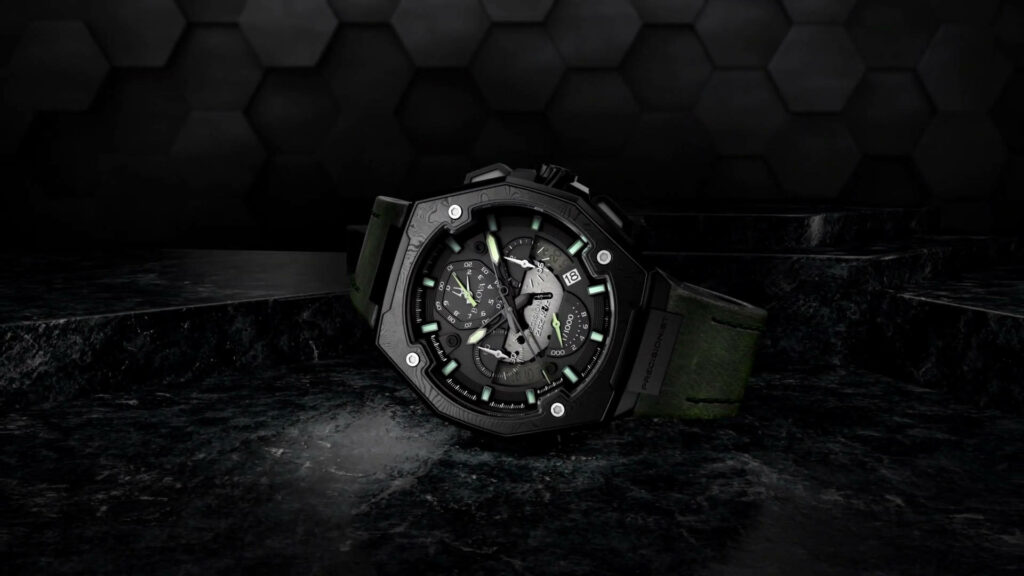
Citizen and Bulova, a long-standing relationship
The relationship between the Japanese giant and the company founded by Bohemian immigrant Joseph Bulova in 1875 was cordial and deep. The two companies long collaborated to distribute each other’s products within their own markets, and Bulova, with its extensive network mainly rooted in the US market, was instrumental in allowing Citizen to expand its commercial reach in the New World.
And so it happened that in 2008, Citizen took over the Bulova company and invested heavily in relaunching it, equipping it with a genuinely sophisticated weapon, which represents the worthy heir to the tradition of precision inaugurated by Bulova with its Accutron: the Precisionist quartz mechanism, a caliber that offers an ultra-precise performance, with a continuously sweeping second hand, not pulsed like it happens in traditional quartzes.
A bit of technique
As many people know, in a traditional watch, time is adjusted by the oscillation of the balance wheel at a constant frequency of about 5 times per second. Quartz mechanisms work through the vibration of a properly cut quartz crystal, which occurs approximately 32,000 times per second – much more accurate than any mechanical caliber could ever be.
The Precisionist is an even more precise quartz mechanism, vibrating an impressive 262,000 times per second – eight times faster than traditional quartzes. Bulova achieved this exceptional feat by completely redesigning the oscillator, which became a three-pronged element working by vibration and resonance rather than the two-pronged diapason-like fork used in conventional quartz movements.
An innovation that has enabled these mechanisms to achieve unprecedented performance: an accuracy of +/- 10 seconds per year, which truly touches the limits of technology and makes these exceptional, avant-garde timepieces a beautiful and possible dream for many enthusiasts.
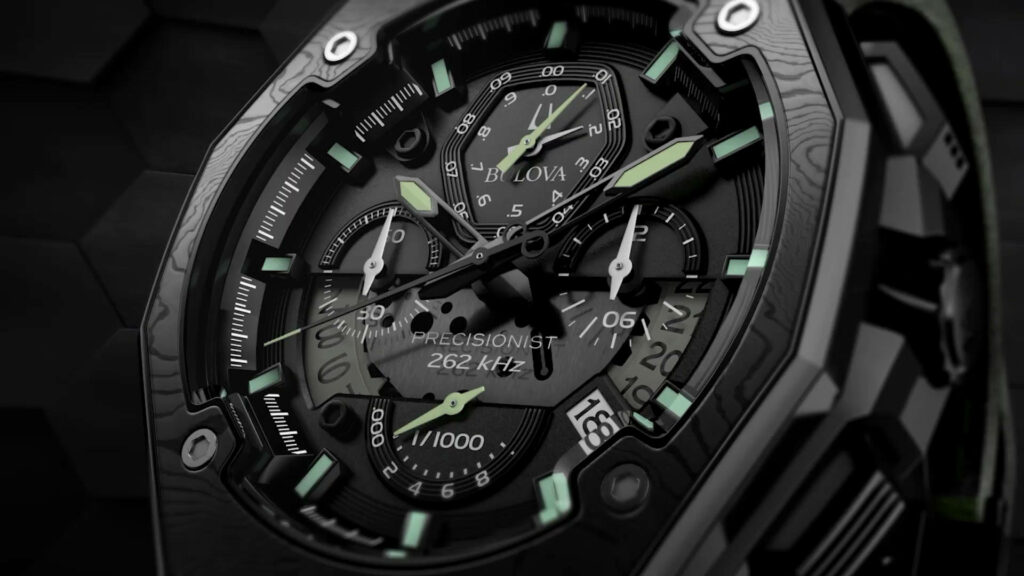
Quartz pulses and deadbeat seconds
One of the main features of quartz watches, which reveal their nature, is the presence of the pulsing second hand. It makes a single step from one second to another, a feature that was initially implemented to save energy.
The first batteries used in the Seventies certainly did not have the performance of the current ones. To give a term of comparison, one of the first quartz watches, the Citizen X8, launched in 1970, boasted in its features a battery that allowed more than a year of autonomy. Of course, today, such a performance makes us smile, but back then, where watches had a reserve charge of a couple of days, it represented an incredible innovation.
As a note, the pulsating hand movement – loved and hated by watchmaking enthusiasts – actually derived from a complication of very noble origins, namely that of the so-called “dead seconds,” also called “true beat.” Certain professional mechanical watches (among which we can mention the IWC Ingenieur and the Jaeger LeCoultre Geophysic) had this feature, which allowed perfect synchronization, but involved a considerable complication in mechanical terms.
Aside from the exception that confirms the rule, the pulsating second hand, coupled with the assumption that quartz mechanisms are less prestigious than mechanical movements, are visually the first big block between “noble” mechanical horology and whatever-new-wizardry-there-is. And have unjustly given quartzes the reputation of being precise but “cheap” watches. A reputation that the Precisionist shoots down, with its second hand movement, which smoothly gliding performance closely resembles that of the original Accutron’s hand.
As many as 18 pulses per second
That’s what the Precisionist movement achieves. Its second hand glides along the dial at 18 impulses every second – easily beating the performance of any mechanical watch – plus, in models with a chronograph movement, it allows you to measure the thousandth of a second.
Not that this is important in terms of precision – we remind you that the typical reaction time for an average person is about 200-250 milliseconds – but from a purely technical point of view, watches that mount the Precisionist movement are among the most advanced and accurate in the world, which is no small feat.
Fly me to the Moon

And among the many, a little tidbit: the Precisionist caliber – which can also be distinguished by the 262 kHz inscription on the dial of timepieces mounting it – also equipped a Special Edition of the famous Bulova Moon Watch, the only watch, aside from the assigned Omega Speedmasters provided by NASA, that made it to the Moon.
An original Bulova chronograph was the backup watch for the commander of the Apollo XV mission, David Scott. His official Speedmaster’s glass had blown out, so he had to use his personal watch in the mission. That specific Bulova Moon Watch was sold a few years later at auction for $1,650,000: the only private watch ever to go to the Moon.
